5 'Crushworthy' Historical Figures from Minnesota
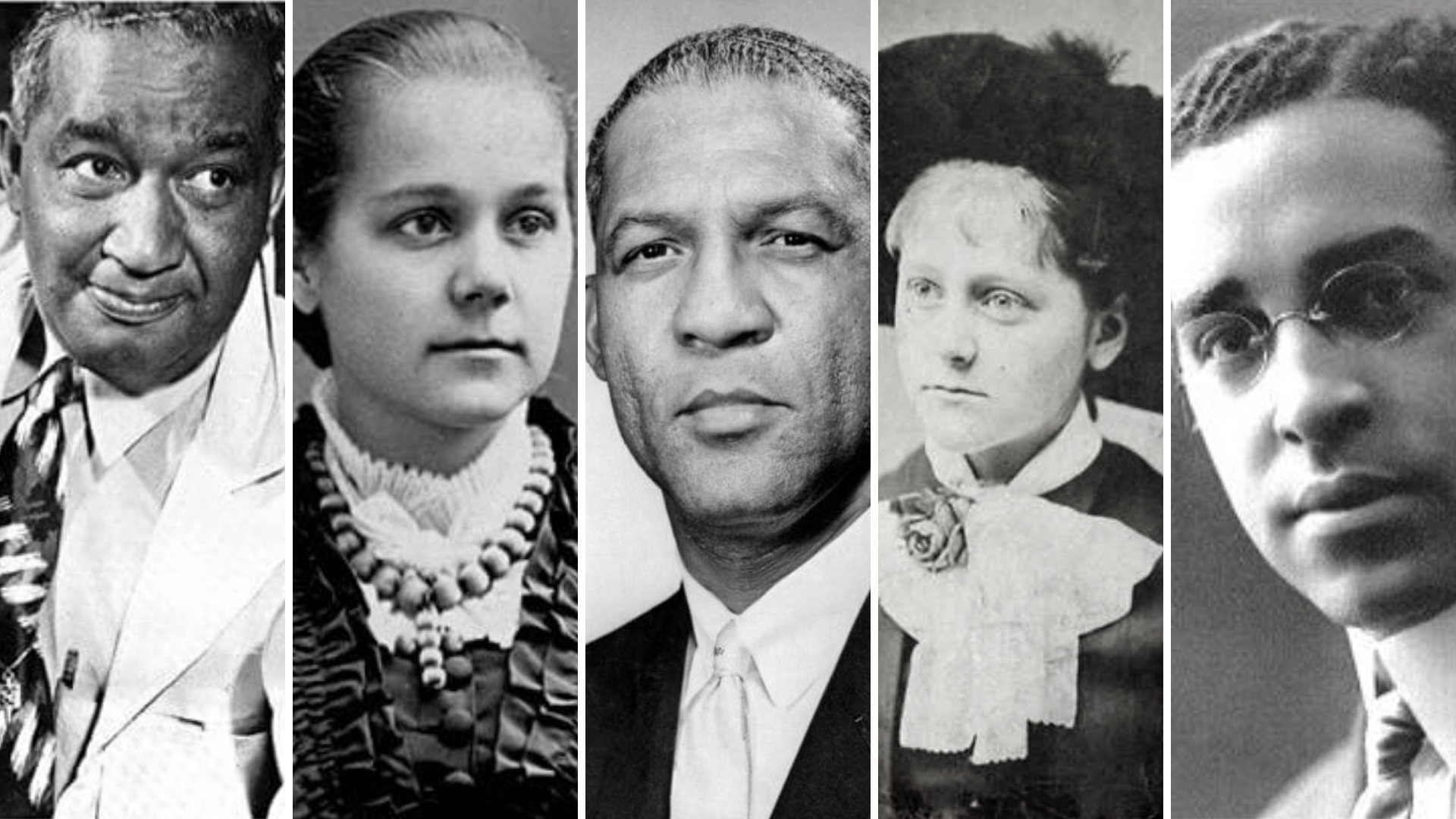
Minnesota's history makers and shakers have devised important inventions, jumpstarted businesses that blazed trails, made critical contributions to public policy that's rippled across the nation, and even designed a mesmerizing ice palace or two. Some of them are well-known, others less so. But they share one thing in common: They make the rest of us proud to call Minnesota home.
So by all means, relish this opportunity to lord some Minnesota trivia over your friends and earn some bragging rights in the process. The more people that can spout details about these fine Minnesotans, the merrier. Without further adieu, we share with you a few of Minnesota Experience's #HistoryCrushes, a gaggle of men and women who have blazed some extraordinary trails.
Florence and Alice LeDuc
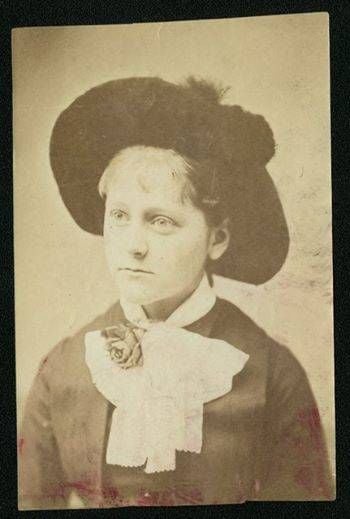
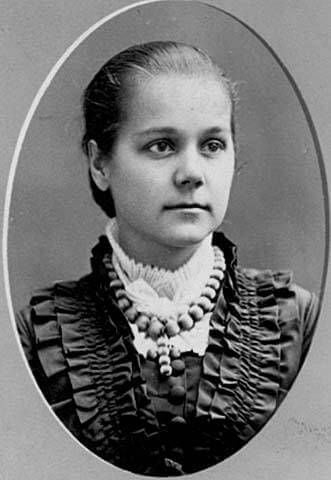
A enterprising pair undaunted by the cultural norms of the day, the LeDuc sisters used their artistic talents and ingenuity to build a business at a time when women's work was mostly relegated to the household. Florence and Alice LeDuc were the daughters of William Gates LeDuc, a dabbler in multiple frontier industries, from railroads to mining to real estate and steamboats.
When William was away seeking business opportunities - which only sometimes led to prosperity - the women of the household needed money to sustain themselves. That's where embroidery came in. The elder sister, Florence, attended Wells College in New York, taking lessons in everything from painting china to woodcarving. She returned to their home in Hastings, MN in 1888 with an idea. Hastings Needle Work - perhaps the first cottage industry in Hastings - became a huge success with the younger, Alice, as the lead designer, while Florence and their mother served as bookkeepers. Along with a team of 32 local women, all three of the LeDucs worked as embroiderers.
The patterns ranged from dragons to peacocks to the problematic "Indian" or "Ojibway" patterns. Selling to social elites locally and across the country, the LeDuc designs became highly sought after. By 1900, Alice's work, alone, brought in $228 - equivalent to about $5,000 today. Add that to her sister's and mother's earnings, and the business was a financial success. After creating more than 2,000 pieces over 24 years, the sisters closed up shop in 1922. You can learn more about the LeDucs and see some of their work at the LeDuc Historic Estate in Hastings and at the Minnesota Historical Society (including this piece by Ann W. Braatenon from the Summer 2006 issue of Minnesota History magazine.
Frederick McKinley Jones
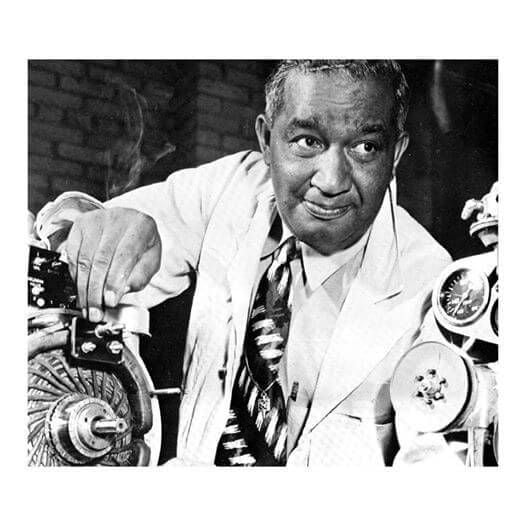
Frederick McKinley Jones invented (among many other things) a device to combine sound and motion pictures, designed a portable air-cooling unit for food-carrying trucks, patented a portable X-ray machine, and formed the US Thermo Control Company, which designed cooling units that were especially important in preserving blood, medicine and food during WWII. He was a consultant to the US Department of Defense and the Bureau of Standards in the 1950s. Over the course of his life, he was awarded 61 patents and was the first African American to be elected into the American Society of Refrigeration Engineers. He was inducted into the MN Inventors Hall of Fame in 1977 and posthumously awarded the National Medal of Technology in 1991 - the first African American to receive the award.
Judge L. Howard Bennett
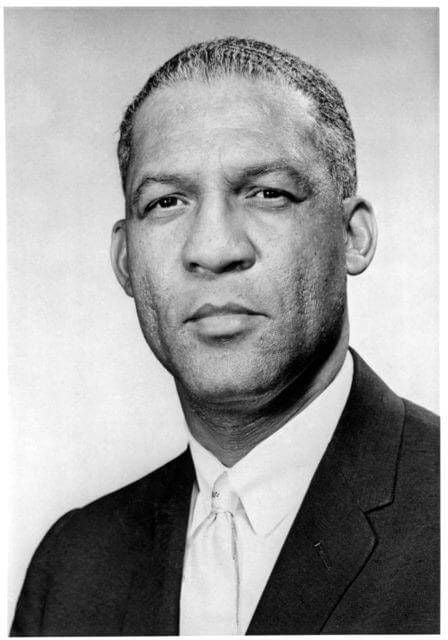
Judge L. Howard Bennett was a trailblazer in Minnesota and the U.S. at large. The son of a South Carolina minister, Bennett graduated from Fisk University in 1935, and earned his law degree and a master's in political science from the University of Chicago. He helped set up the Council on Human Relations during Hubert H. Humphrey's time as mayor of Minneapolis, directed the local branch of the NAACP and the Minneapolis Urban League, and was the first black judge in Minnesota (appointed to the municipal bench in 1957). He was also the first black member of the Minneapolis School Board (elected in 1963), going on to serve as a civil rights expert in the U.S. Defense Department under President Kennedy. By 1969, Bennett directed a civil rights team with the mission of looking at racial violence during the Vietnam War. To see Bennett in action, check out this interview (beginning around the 25 minute mark) he hosted with Martin Luther King, Jr. in 1960.
Clarence "Cap" Wigington
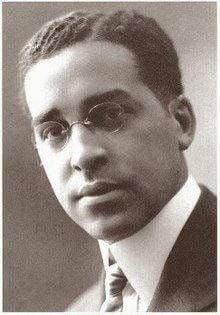
Not only did Clarence "Cap" Wigington design ice palaces and other structures for the Saint Paul Winter Carnival from 1937 to 1947, he was also the first black municipal architect in the country, Minnesota's first registered African-American architect, and founder of the Home Guards of Minnesota, an all-black militia established during WWI when racial segregation prohibited him from being in the Minnesota National Guard.
Wigington's 60 still-standing Saint Paul structures - including three that are listed on the National Register of Historic Places (the Highland Park Water Tower, the Holman Field Administration Building and the Clarence W. Wigington Pavilion, formerly known as the Harriet Island Pavilion) - represent one of the most extensive collections of works by an early African-American architect.
For more on this fascinating figure, check out MNopedia.
Also, our friends behind Minnesota Experience share a new #HistoryCrush every week, so be sure to follow along on Facebook, Twitter and Instagram.

This story is made possible by the Arts and Cultural Heritage Fund and the citizens of Minnesota.
